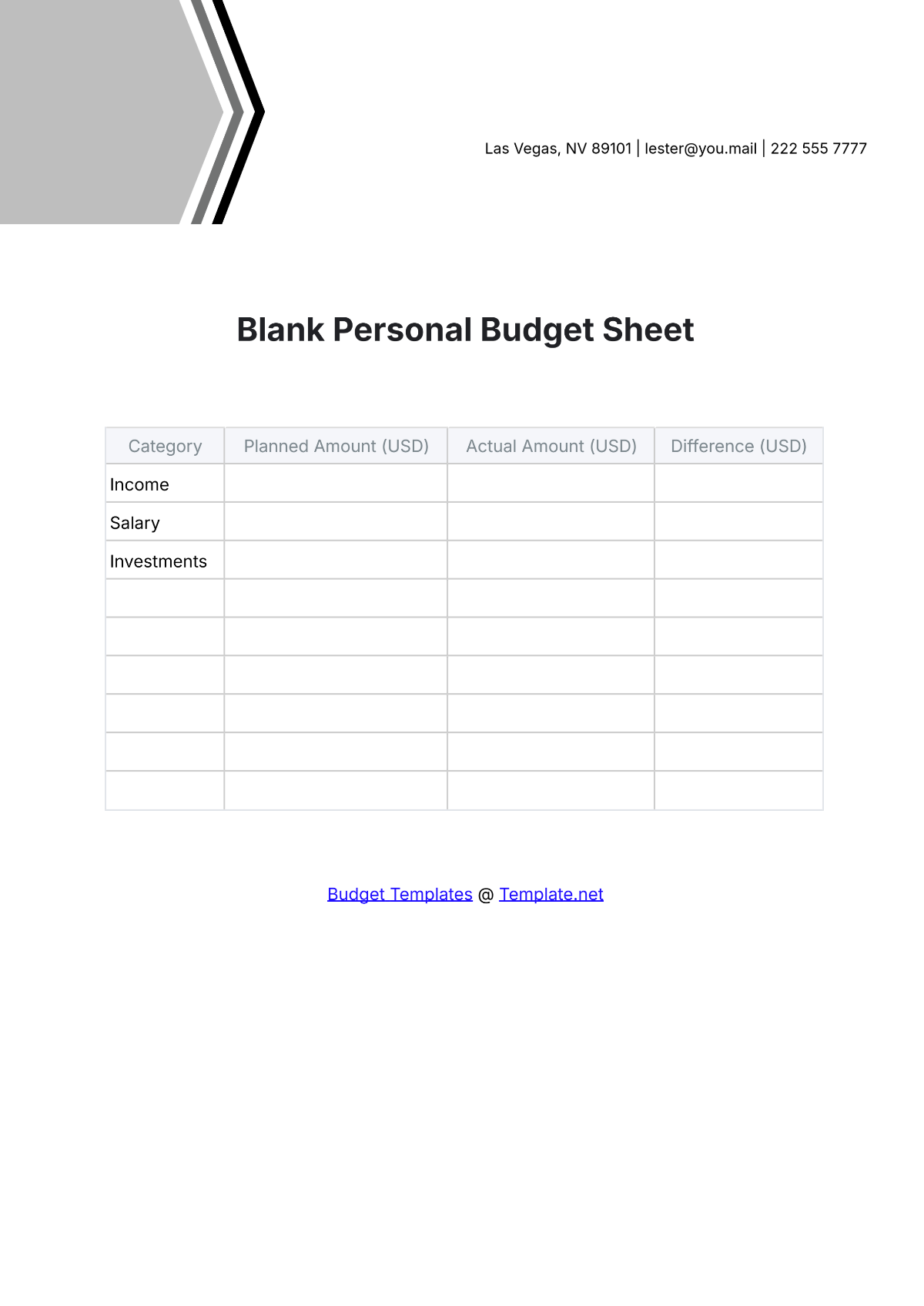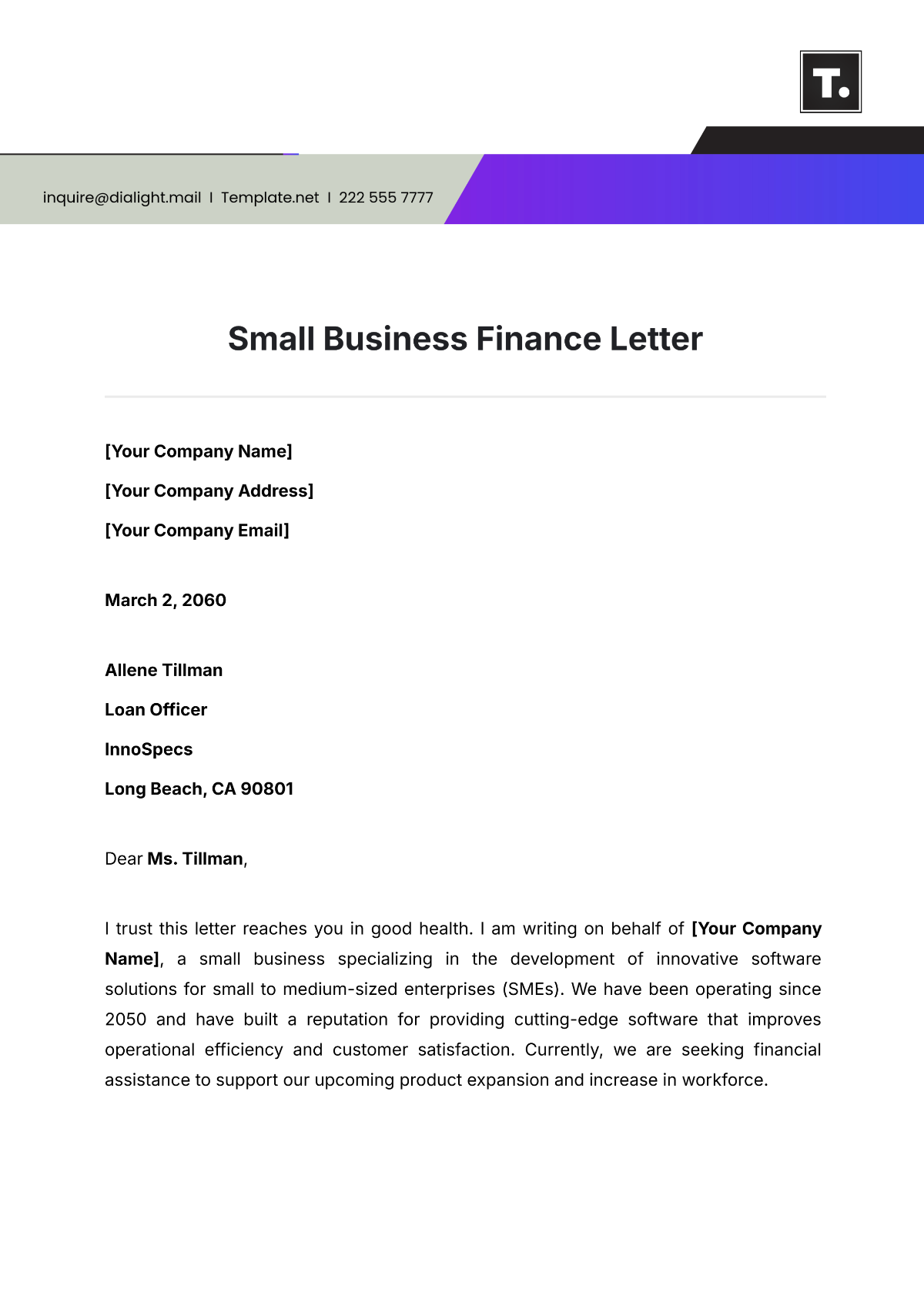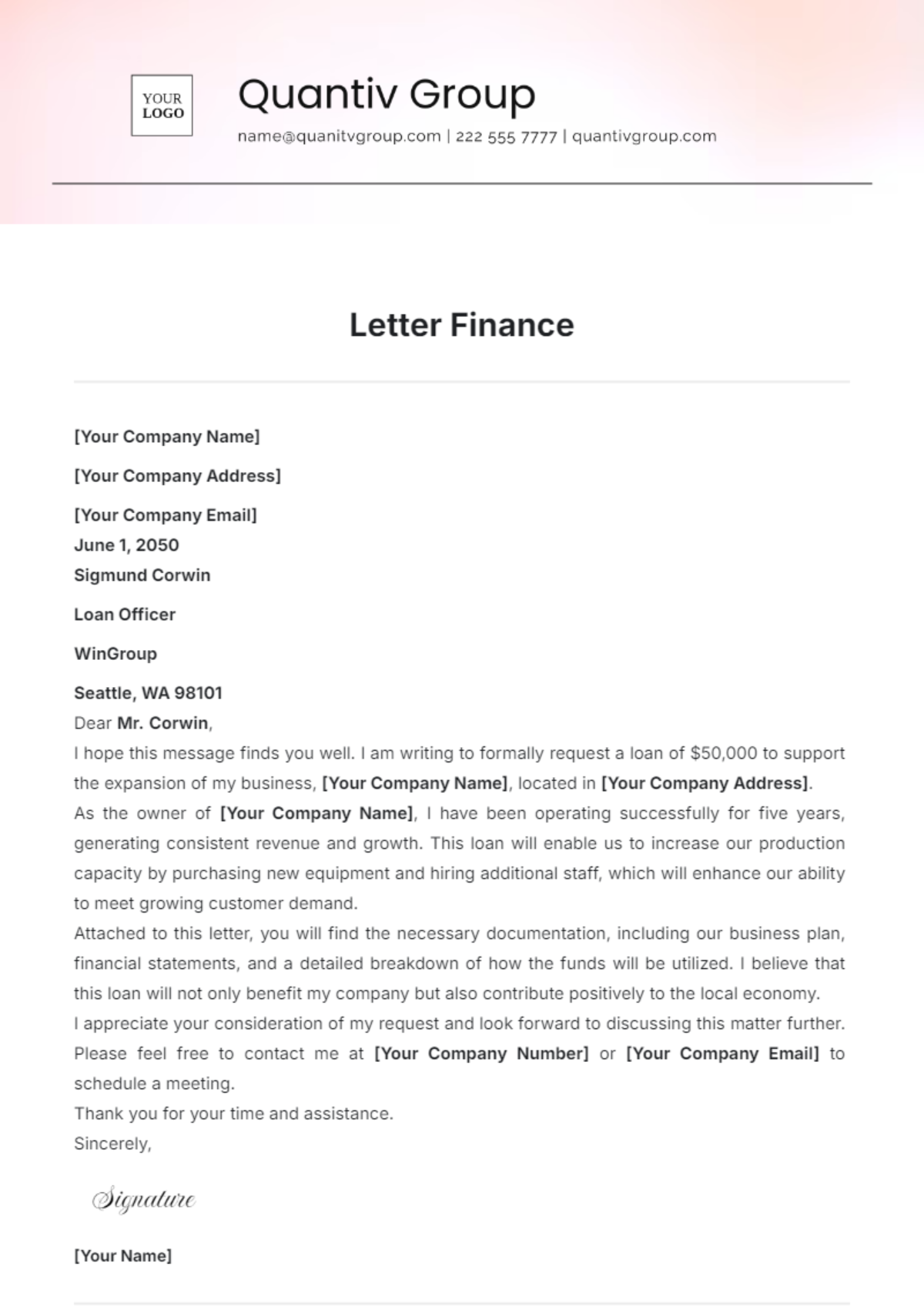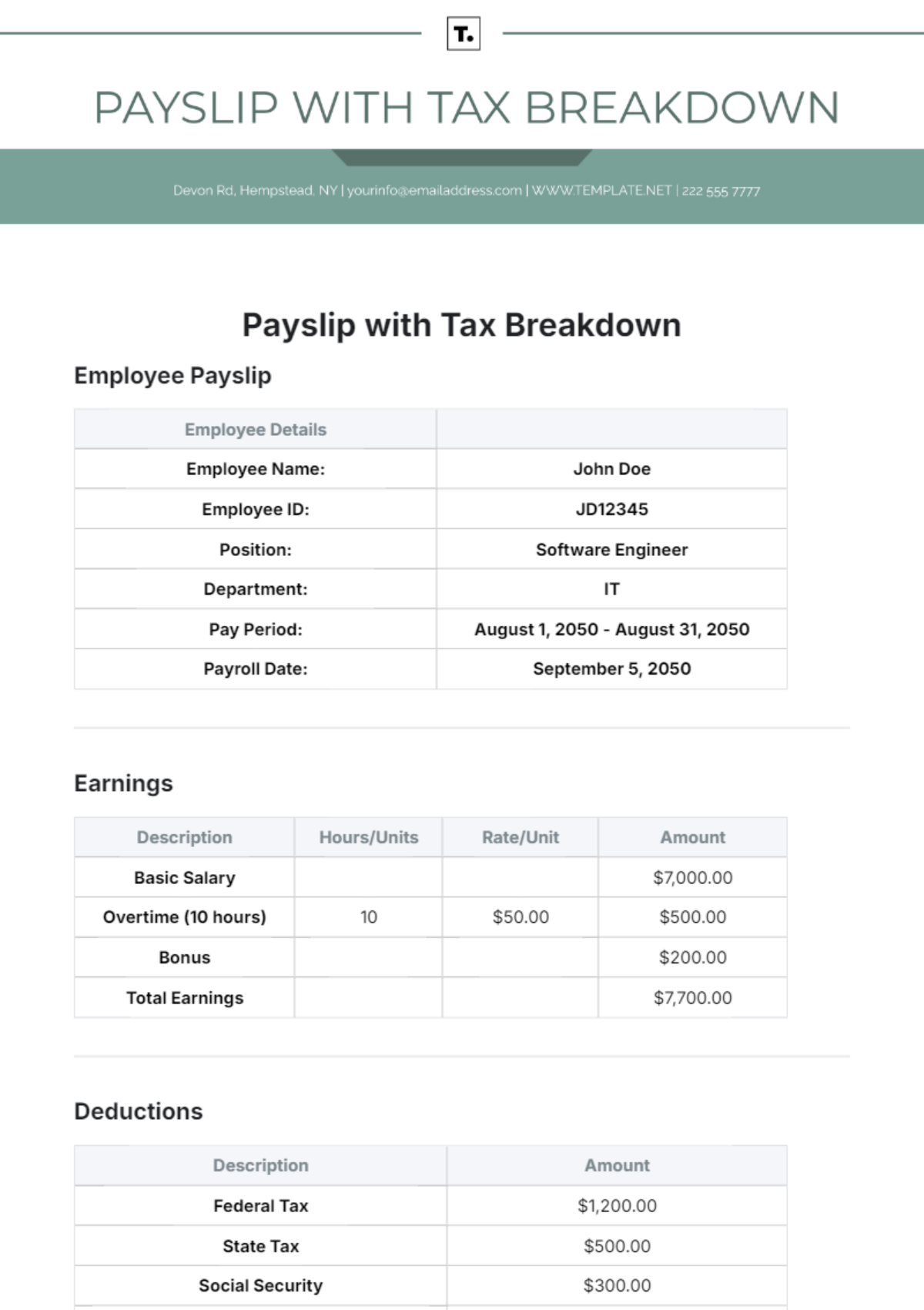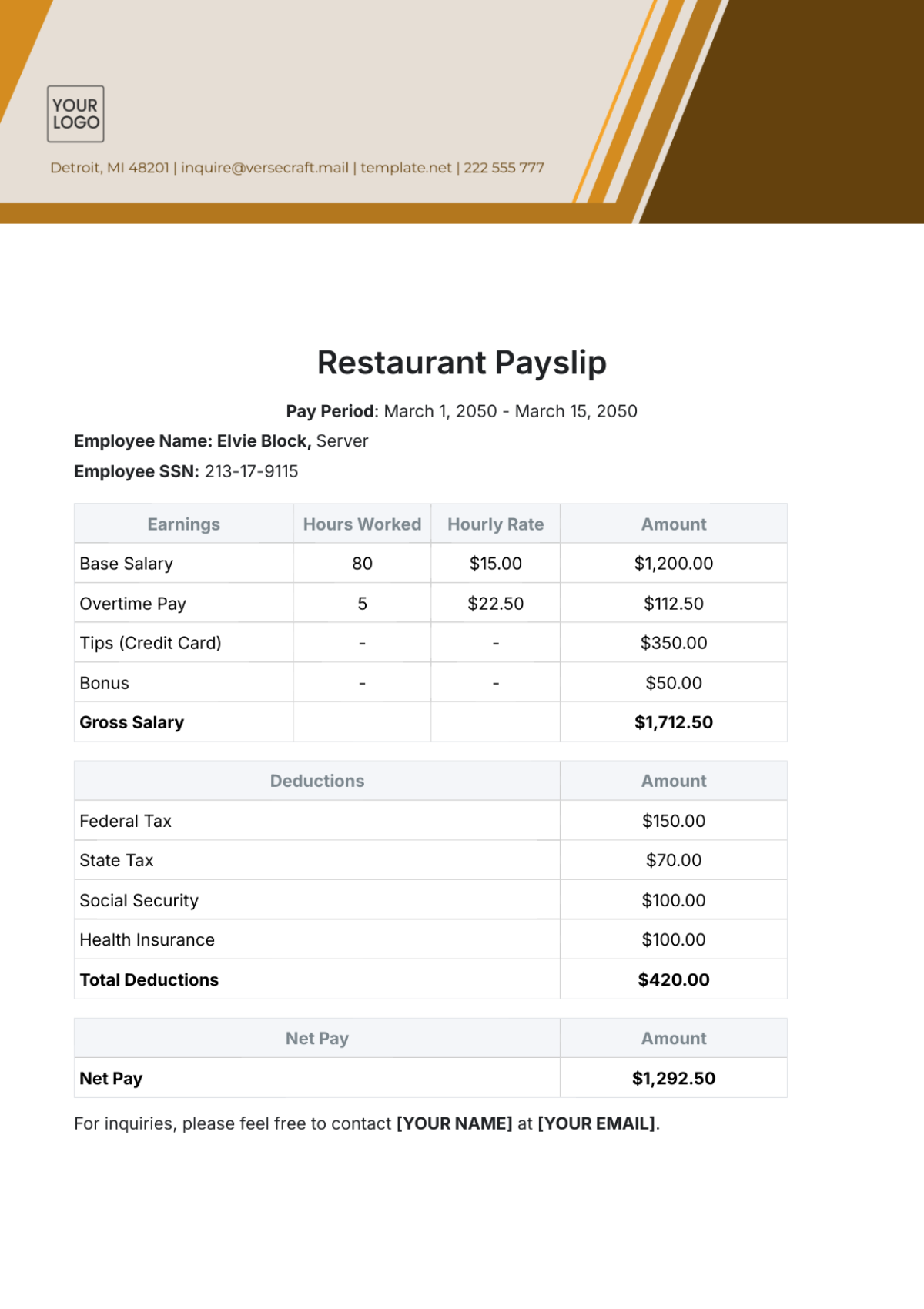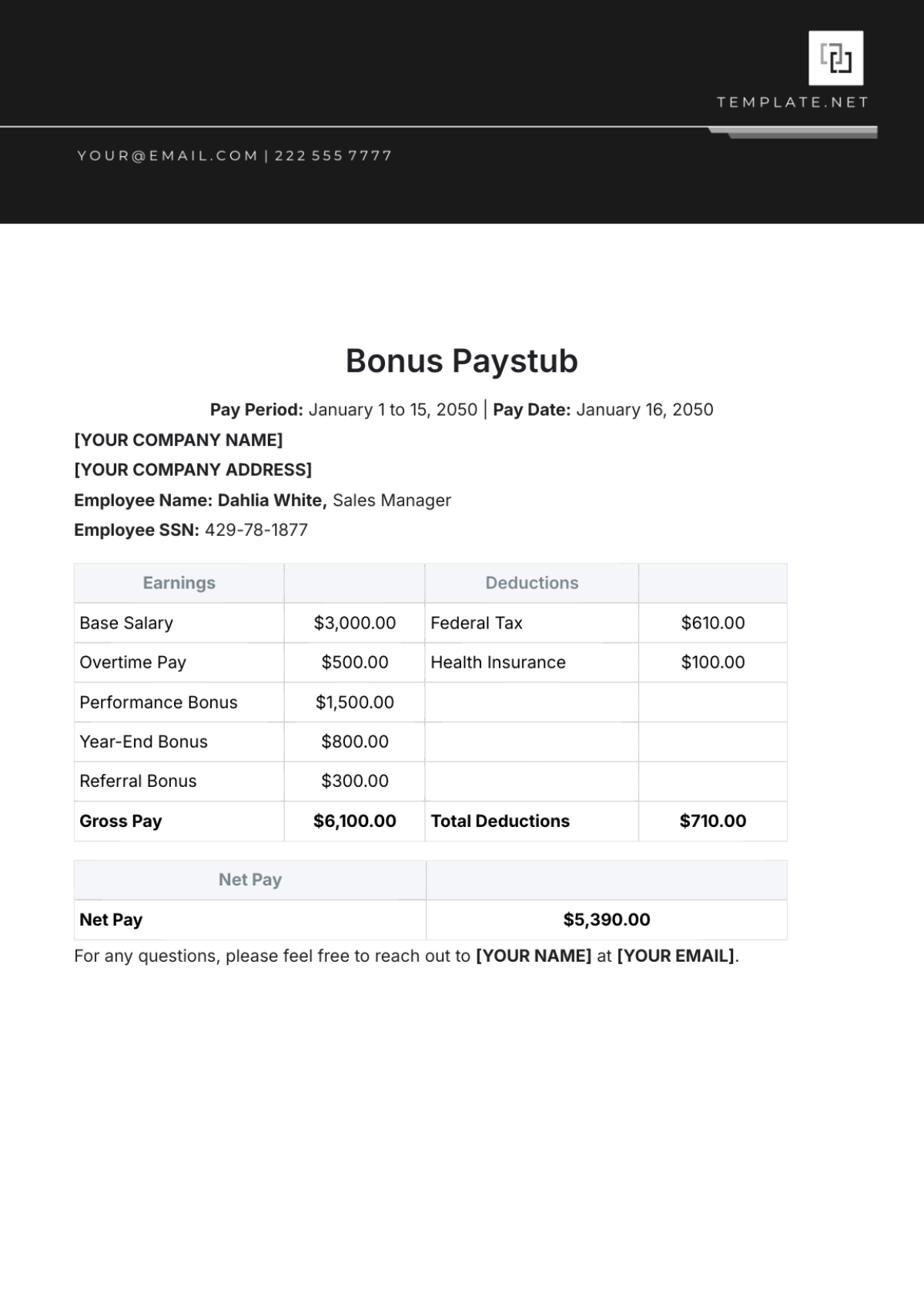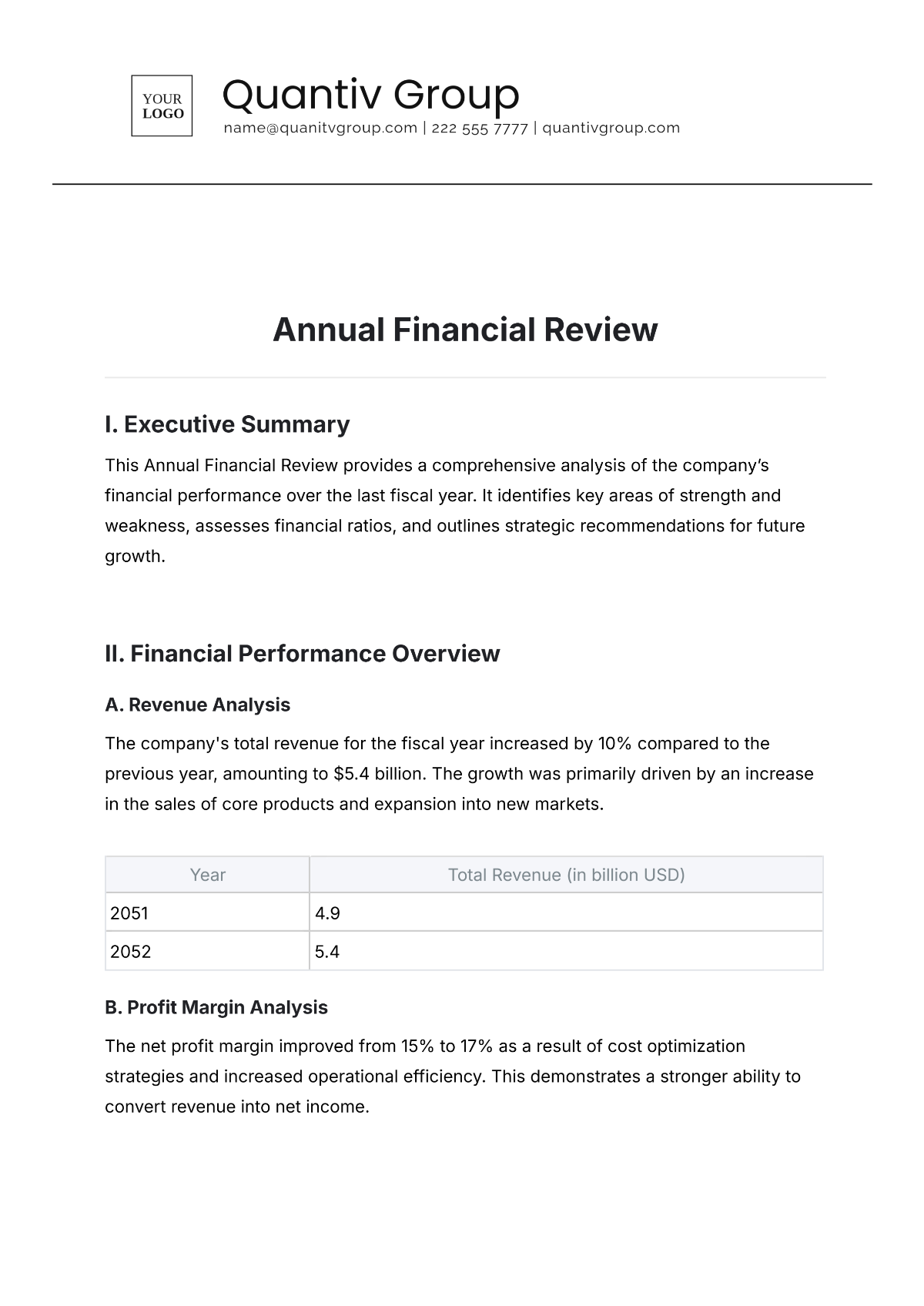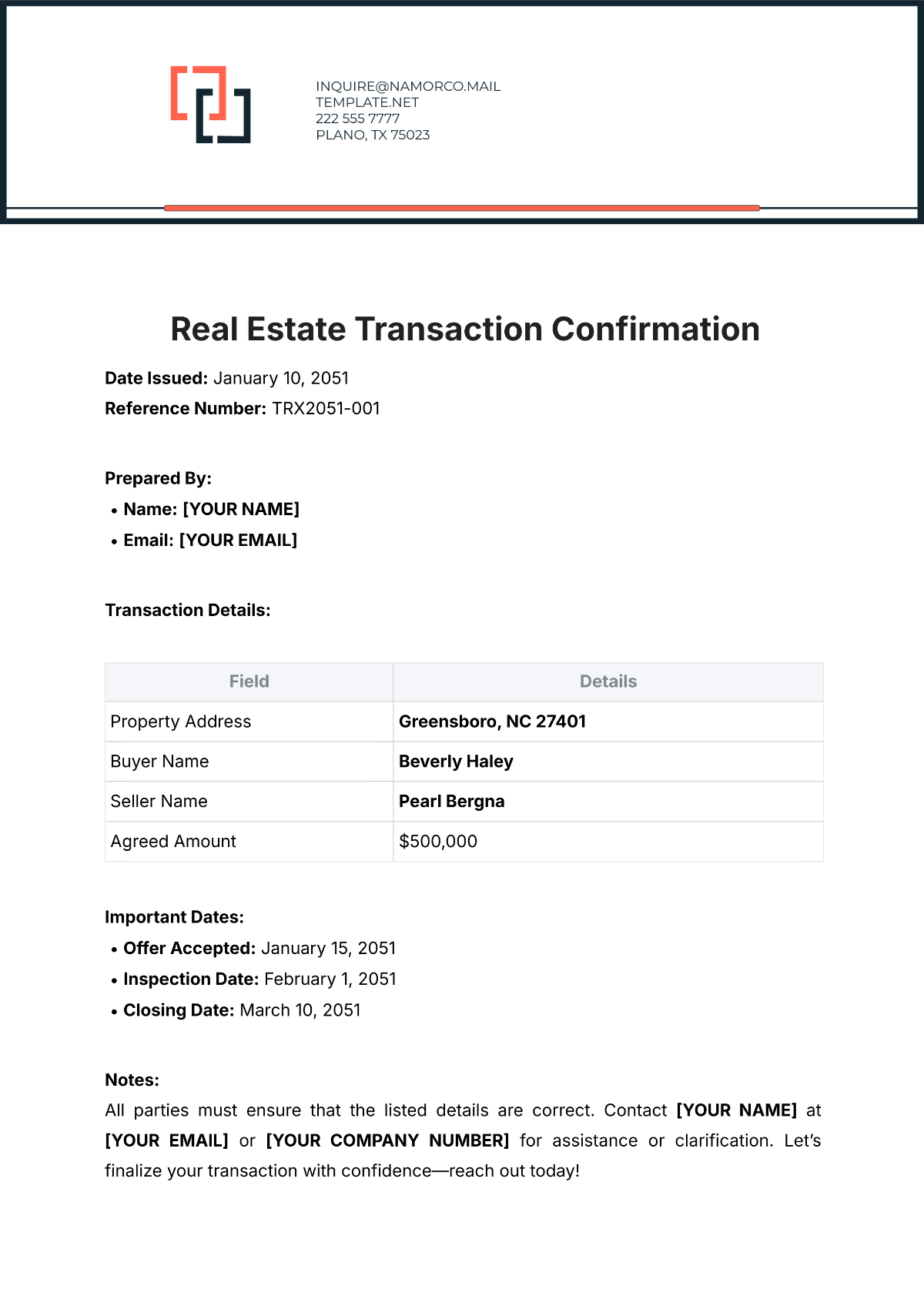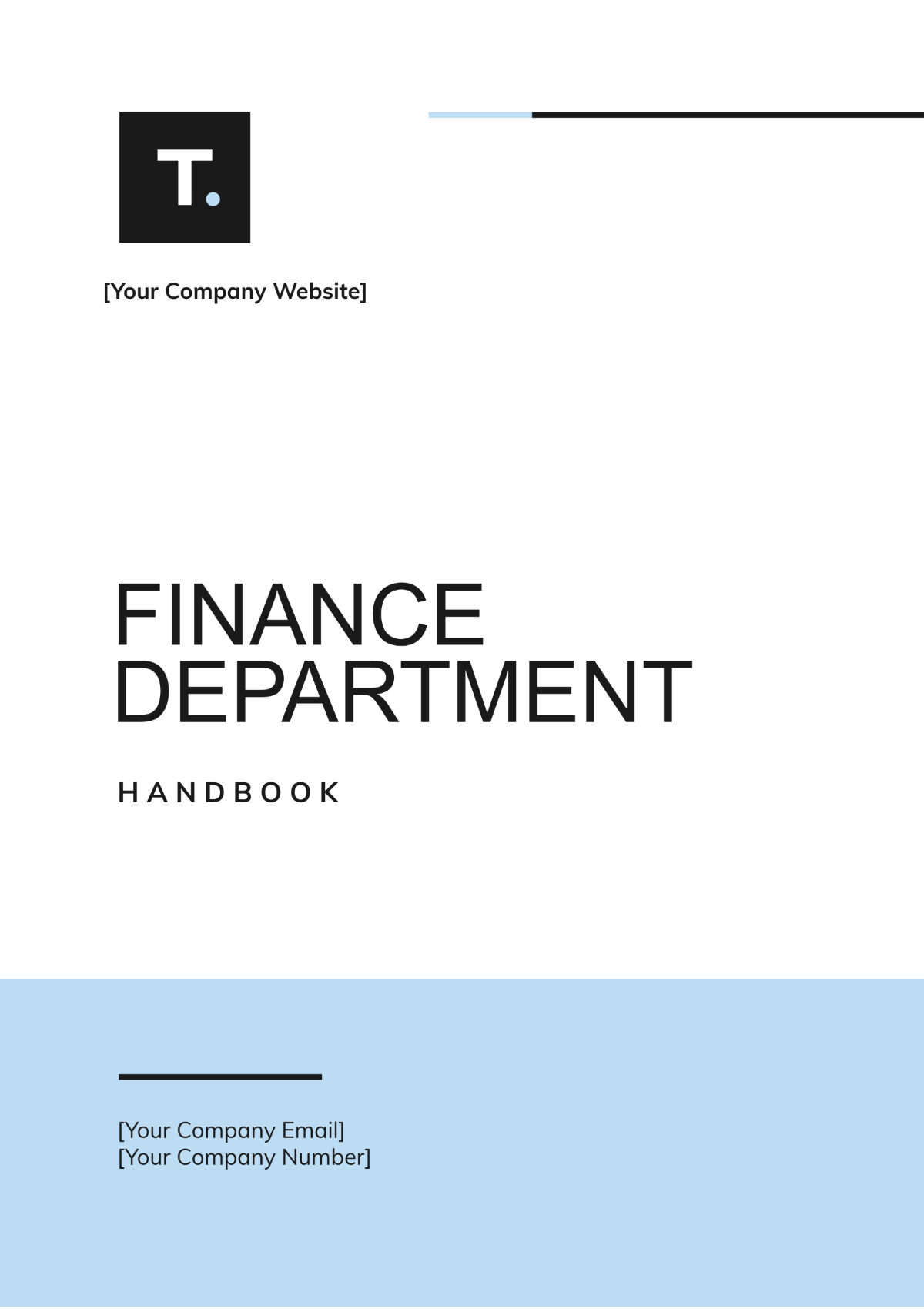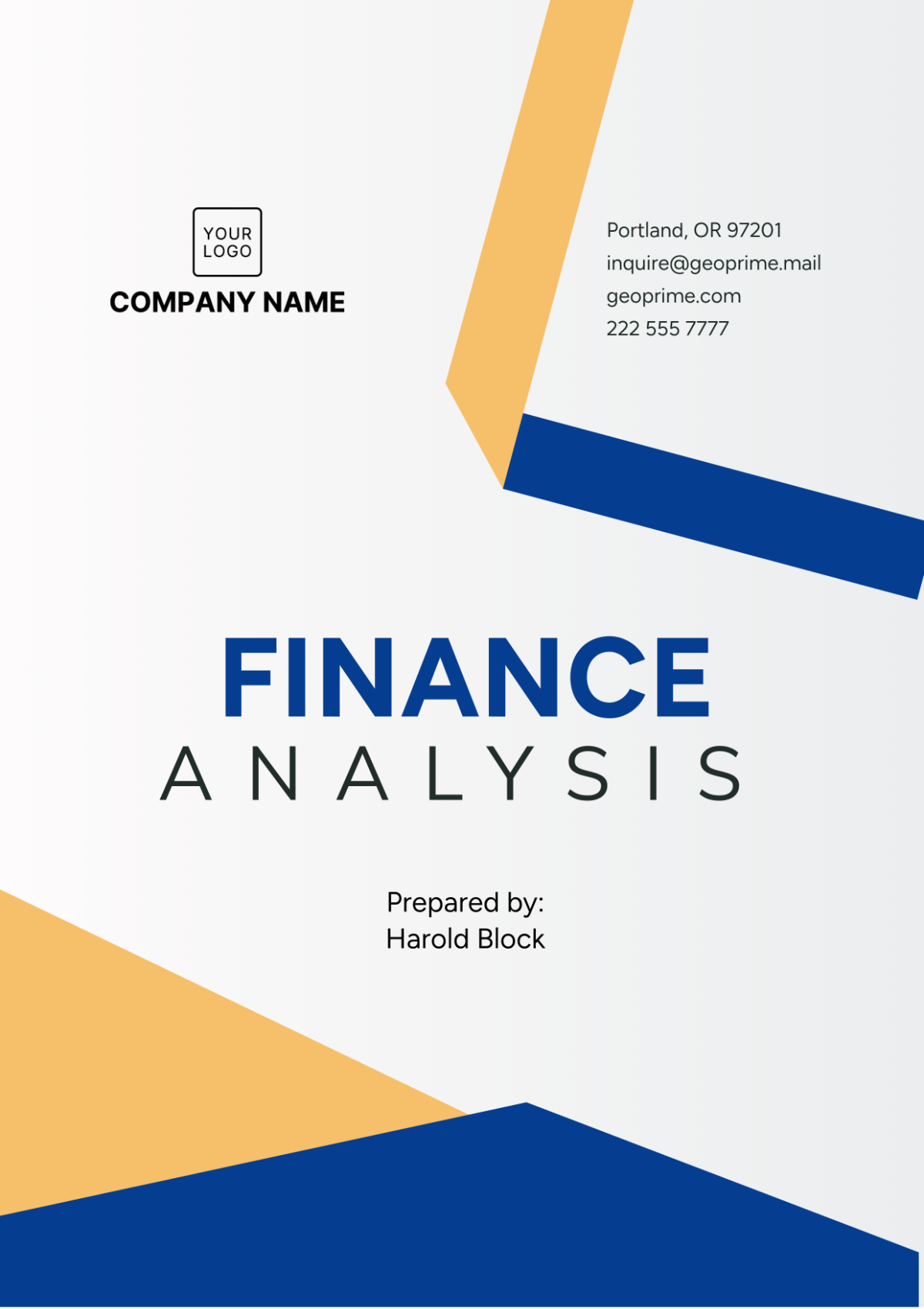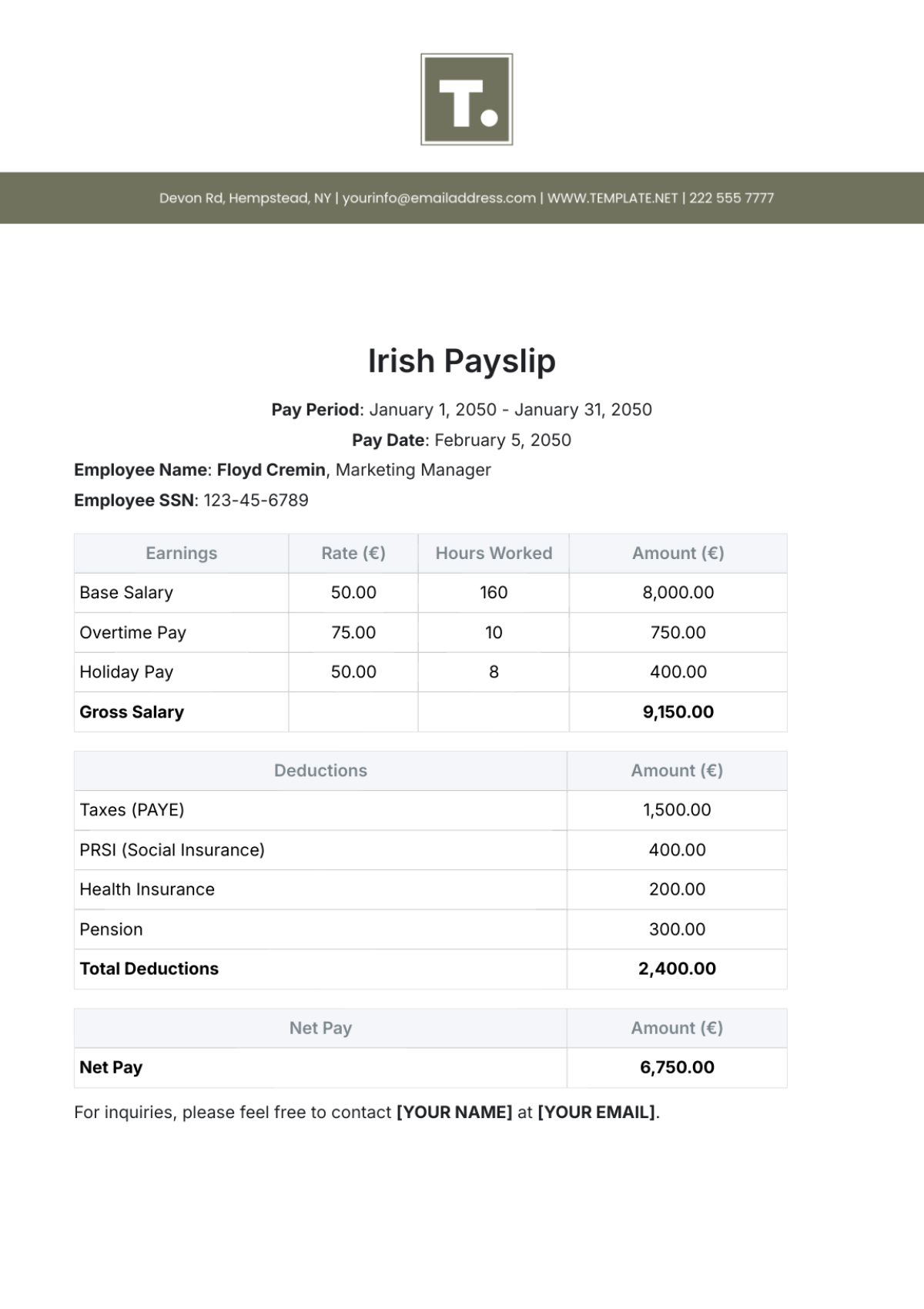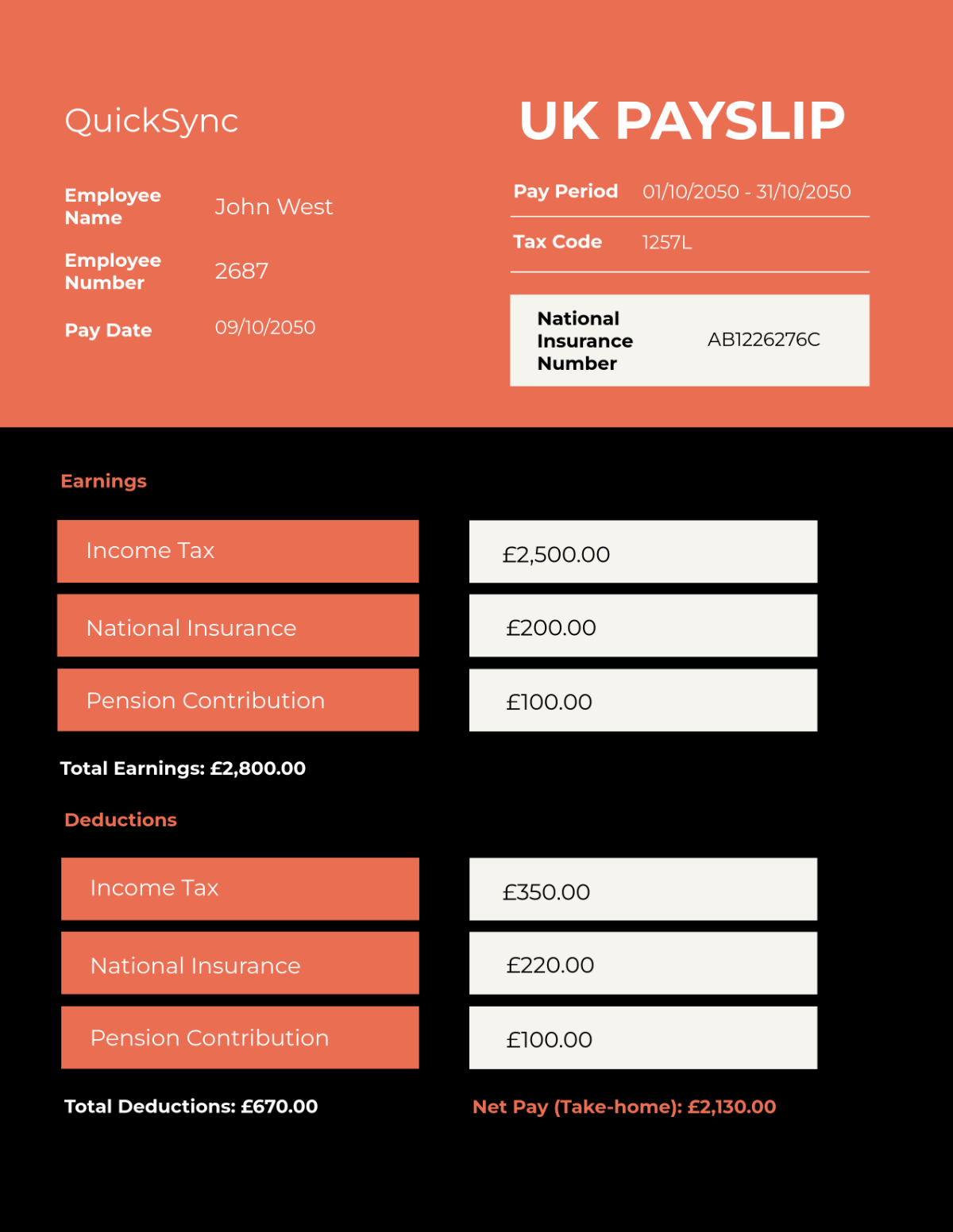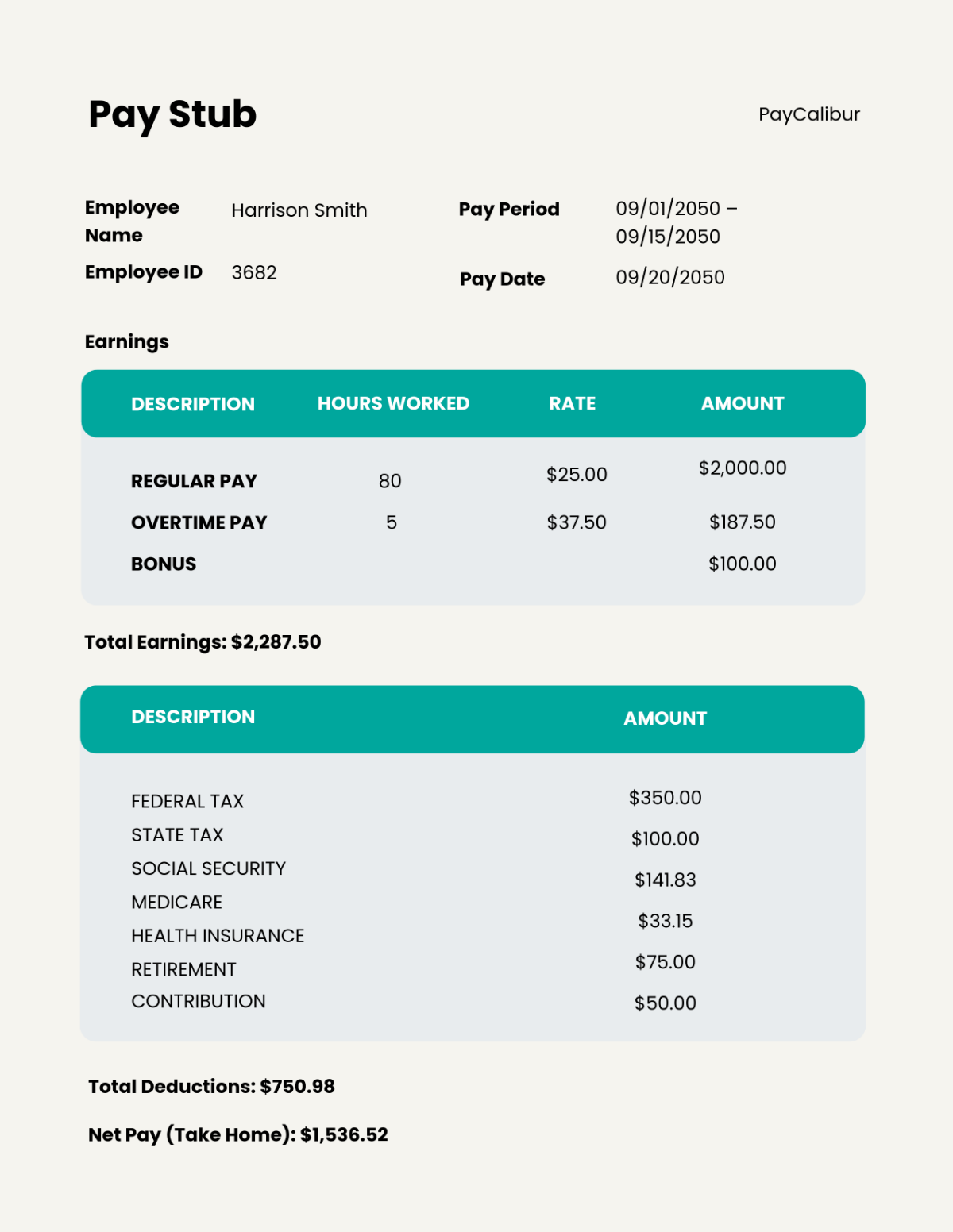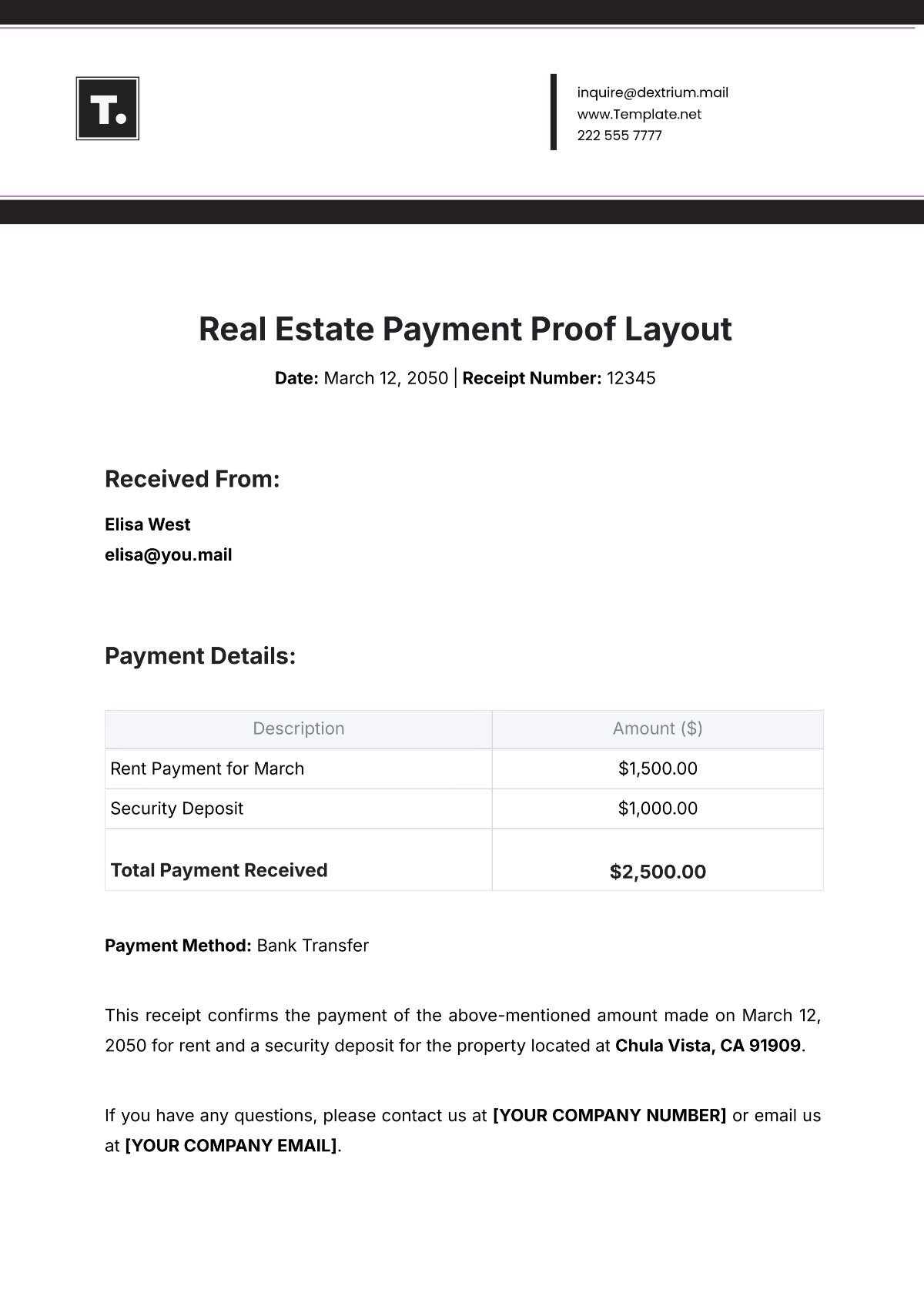Finance Accounts Management Guide
The chart of accounts, commonly abbreviated as COA, plays a crucial role as the fundamental component of a company's financial record-keeping system. It forms the structural framework that holds all the financial information of a business including assets, liabilities, equity, revenues, and expenses. This comprehensive guide is intended to provide an in-depth explanation of a Chart of Accounts and its essence in a business. It delves into details on the formation and structural organization of a COA, shedding light on its various elements and components. Additionally, it also articulates strategies to standardize financial operations and procedures across an organization, aiming to promote uniformity and consistency within the whole financial structure of a business.
Getting Started
Before we commence or make a start on this journey that lies ahead of us, you must be aware of the prerequisites or essentials that you will require or need to have at your disposal.
If you have a desire to comprehend the functioning of your organization's financial operations, it is of utmost importance that you acquire a deep and thorough understanding of those specific operations.
To assist with this comprehension, having an up-to-date chart of accounts at your disposal can prove to be highly beneficial. However, this is contingent upon the availability of the said chart of accounts.
In addition, it would be advantageous to have the ability to make use of a computer. This computer should ideally be equipped with certain functionalities, primarily either a spreadsheet or specifically designed financial software. The prime reason for this requirement is to ensure the competent management and organization of financial data successfully and efficiently.
Step-by-Step Instructions
Understand the Basics
It would be beneficial for you to allocate some time to become familiar with the five principal categories of accounts. These essential categories consist of assets, liabilities, equity, revenue, and expenses. Having a solid comprehension of these diverse types is not only of utmost importance but is also considered a basic principle within the field of accounting. Therefore, understanding these categories will significantly enhance your knowledge and skills in the accounting profession.
Analyze the Current COA
Take time to thoroughly engage in a comprehensive examination of your organization's existing chart. Foster a deep understanding of its structure, chronology, channels of power, and distribution of responsibilities. Once you achieve that level of insight, begin probing into every level and area of your organization, prudently identifying zones where there is room or need for improvement. This task may include acknowledging where there are bottlenecks, redundancies, or inefficiencies that could be changed to enhance overall productivity and success.
Plan the Structure
Create, design, or establish a structure and organize it in such a way that it successfully categorizes and classifies different types of accounts. This categorization should be done based on the respective and corresponding financial activities or operations associated with them, ensuring the layout of the structure is both logical and user-friendly, thus making it clear, easy to understand, and easy to navigate for users.
Assign Account Numbers
Each account must have its own distinct and unique identification, which is typically known as an account number. This requirement is crucial because it enables a smoother and more efficient process when it comes to identifying and managing each account. The unique account number plays a significant role in differentiating between various accounts and making the overall process more clear and convenient. It reduces the risk of confusion or mistakes, thereby enhancing the effectiveness of account management.
Implement the COA
Based on my understanding and expertise, I would like to put forward a recommendation. I strongly advocate for the implementation of the Chart of Accounts across every one of your financial systems. Doing so could potentially streamline your operations, rendering them more efficient. In addition to this implementation, it is of paramount importance to make sure all members of your team have a comprehensive understanding of the Chart of Accounts. This would necessitate appropriate training and resources to deepen their knowledge and familiarity with the system. Such a robust understanding across all team members will contribute to more efficient use of the system, thereby positively impacting your operations in the long run.
Troubleshooting and FAQs
1. What if I have too many accounts in my COA?
The structure and organization of a complex Chart of Accounts can at times be perceived as quite confusing and potentially overwhelming. Viewing multiple similar accounts may contribute to this confusion. Therefore, it might prove beneficial to consider merging these similar accounts to considerably simplify and streamline the overall structure of the Chart of Accounts.
2. My team struggles with the new COA. What should I do?
You must offer necessary training and guidelines to your team members to hone their skills and enhance their productivity. The transition from their current working methods to the new ones may not happen overnight and might require a considerable amount of time. Therefore, you must arm yourself with patience throughout this transformation period. Furthermore, it is equally important to maintain an open attitude toward the feedback from your team as it can provide valuable insights and help in refining the training process.
Conclusion
Your organization's Chart of Accounts (COA) must be prepared properly, as it is pivotal in achieving accurate financial reporting and ensuring that all processes comply with financial standards. Use of this guide serves as an effective tool, designed to facilitate a seamless transition toward harmonizing and standardizing all financial processes across the entirety of your organization.
I would advise that every member of the financial team should be encouraged to provide their respective feedback.
It is crucial that you review your Course of Action (COA) regularly, and make any necessary adjustments as and when they are required.
To successfully implement any plan or project, it is pivotal that you maintain patience and also put in a consistent amount of effort. These two are paramount and act as key factors in successful implementations.
We would like to express our sincerest gratitude to you for deciding to use this guide. Our earnest hope is that it proves to be a highly beneficial resource that enhances your existing financial operations and goes a step further to make them significantly more streamlined and efficient. Always keep in mind that being able to effectively manage your financial processes is an essential component of the core functions of any prospering organization. Therefore, as you utilize this guide, recall that this crucial principle is at the crux of achieving success within an organization.
